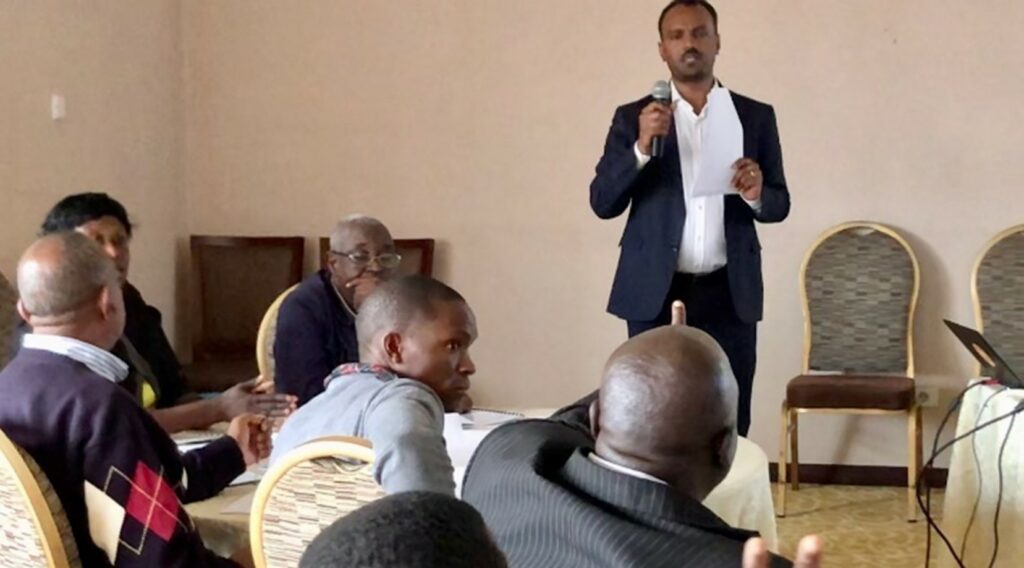Deliverable: Digital media
If you want to bring bio science jobs into a state, you need a workforce that has the right knowledge and skill. This inevitably means you will need a workforce that understands, among other things – lyophilization.
Lyopho-what? Lyophilization. It’s the process by which drugs, especially vaccines, are freeze dried. When certain drugs are freeze dried, they become easier (and cheaper) to ship and handle because they are less sensitive to contamination. This is particularly true for vaccines, most of which are live biologic agents that need to be in temperature-controlled environments at every stage of the shipping and storing process.
Because lyophilization dramatically reduces the time, cost, and risk in getting certain drugs to patients, it is becoming more and more common in the drug manufacturing process. If you’re going to bring bio science to your state, you need a workforce that understands lyophilization.
This is what was on the mind of one state agency when it partnered with BCL. They are tasked with strengthening the capacity of the state’s bio sciences workforce. Naturally, this requires that they have skill building programs some of which focus on, you guessed it, lyophilization.
Learners were still struggling
The agency had been coordinating a variety of workshops that included the teaching of the lyophilization process, but they had found that faculty were struggling to sufficiently convey the concepts in ways that learners could easily grasp. They needed someone to help them figure out what it might take to ease the burden for learners. Enter BCL.
After digging into the issue more deeply, the primary issue became clear: lyophilization is a highly visual and dynamic process that can’t be easily understood exclusively with verbal explanations. Yet many of the instructors were using videos on the concept and people were still having trouble with it. This led to a more nuanced insight: the videos didn’t effectively convey the relationship between the macro-level production processes and micro-level biochemical processes occurring simultaneously. Another limitation was that the videos showed the process using specific lyophilization equipment.
Furthermore, there are a variety of different kinds of equipment used for the process but to understand the concept, it would need to be taught independent of any one manufacturing process. Videos, by nature, can only show specific equipment and the graphics created by faculty overly genericized the process. What was needed was an instructional resource that faculty could use to provide a holistic, dynamic visualization of how the sub-processes worked together with the optimal level of generality.
A more dynamic way to show the concept
Working with the state agency’s faculty partners and subject matter experts, we decided to use animation to convey the ideas. This would allow us to visualize processes in a dynamic way. It would also let us create illustrations of generic process equipment that is realistic yet not specific to any one manufacturer. Most importantly, it would allow us to visualize a critical part of the process to understand: the chemical transformation of the drug product as it moves through the process, is frozen, and more water is extracted from it – something that could not be represented using video or a photoreal approach. The animation zooms in and out as appropriate to demonstrate either high level process or micro-level material activity.
The animation is now doing its work in the field. It is being used by agency faculty to teach lyophilization in the classroom. It has also been placed on the agency’s website and YouTube channel and is included in a series of elearning modules the agency has published.





